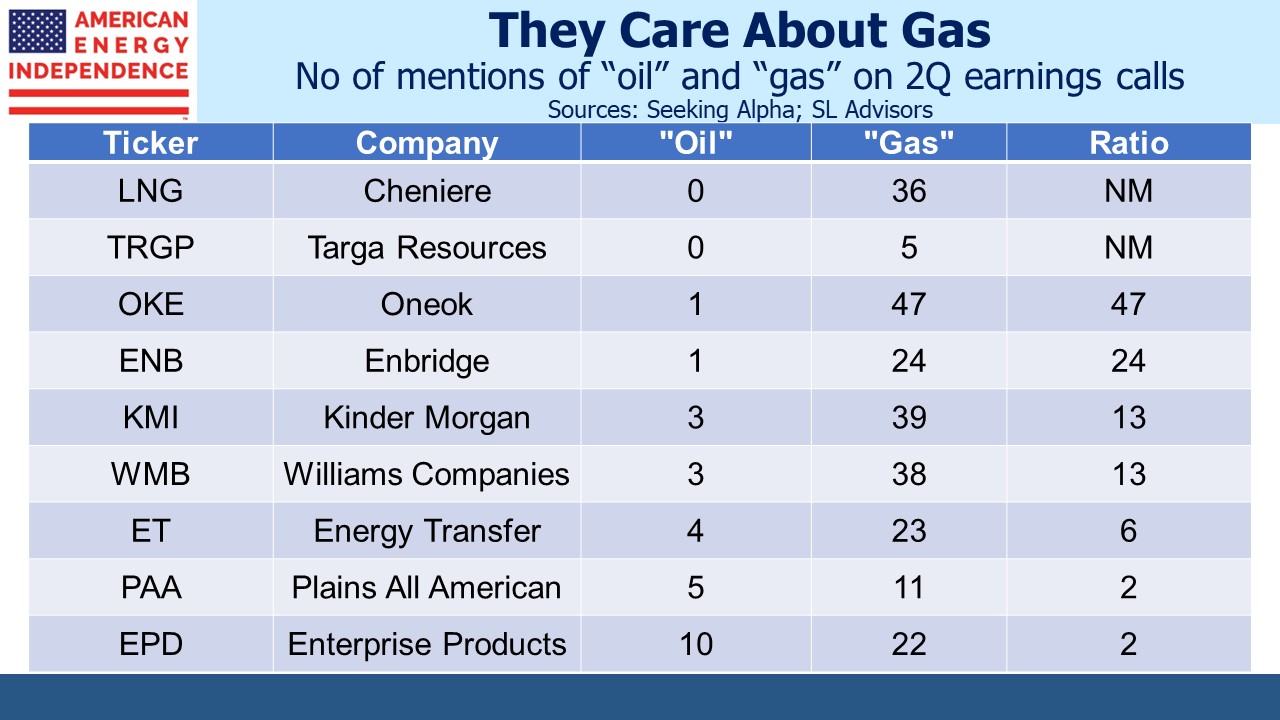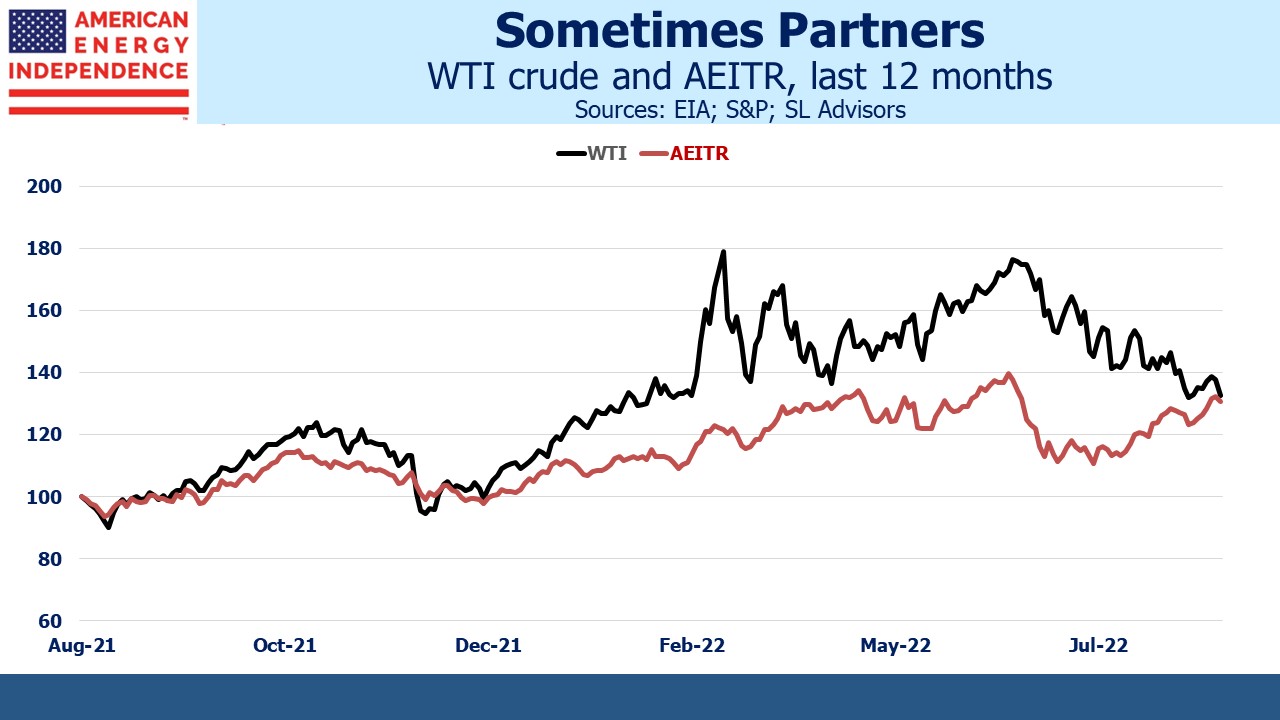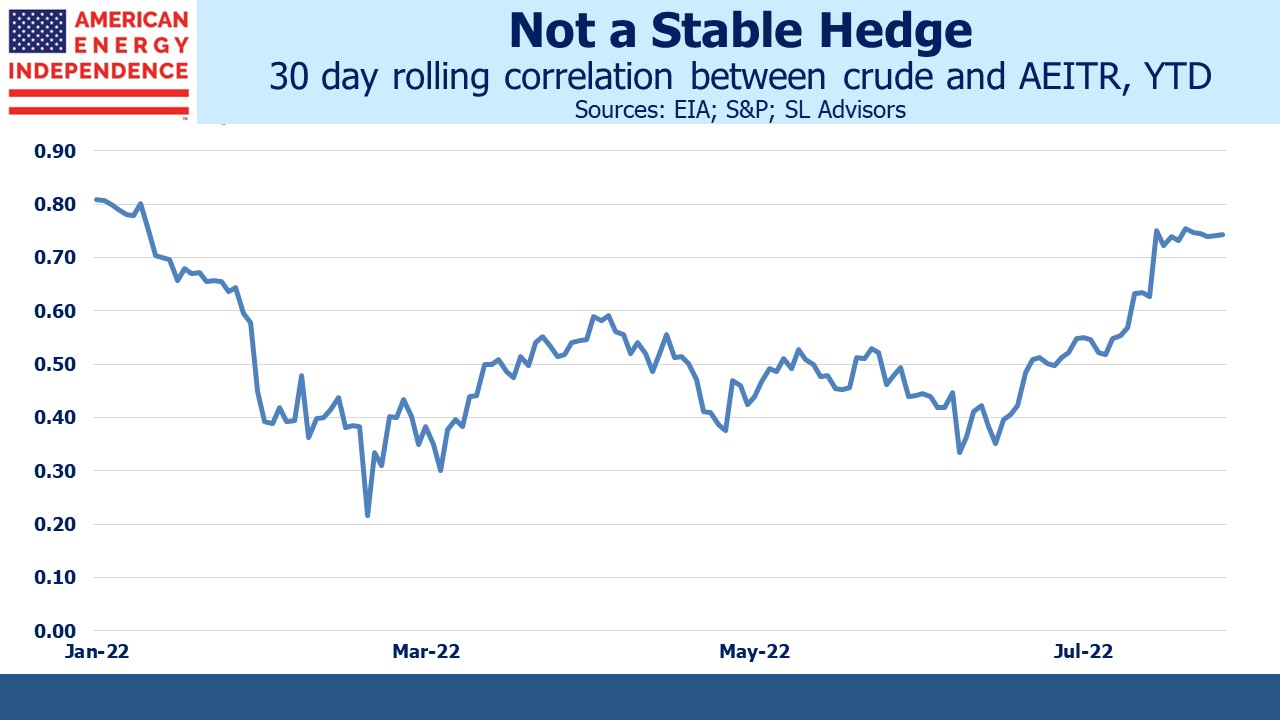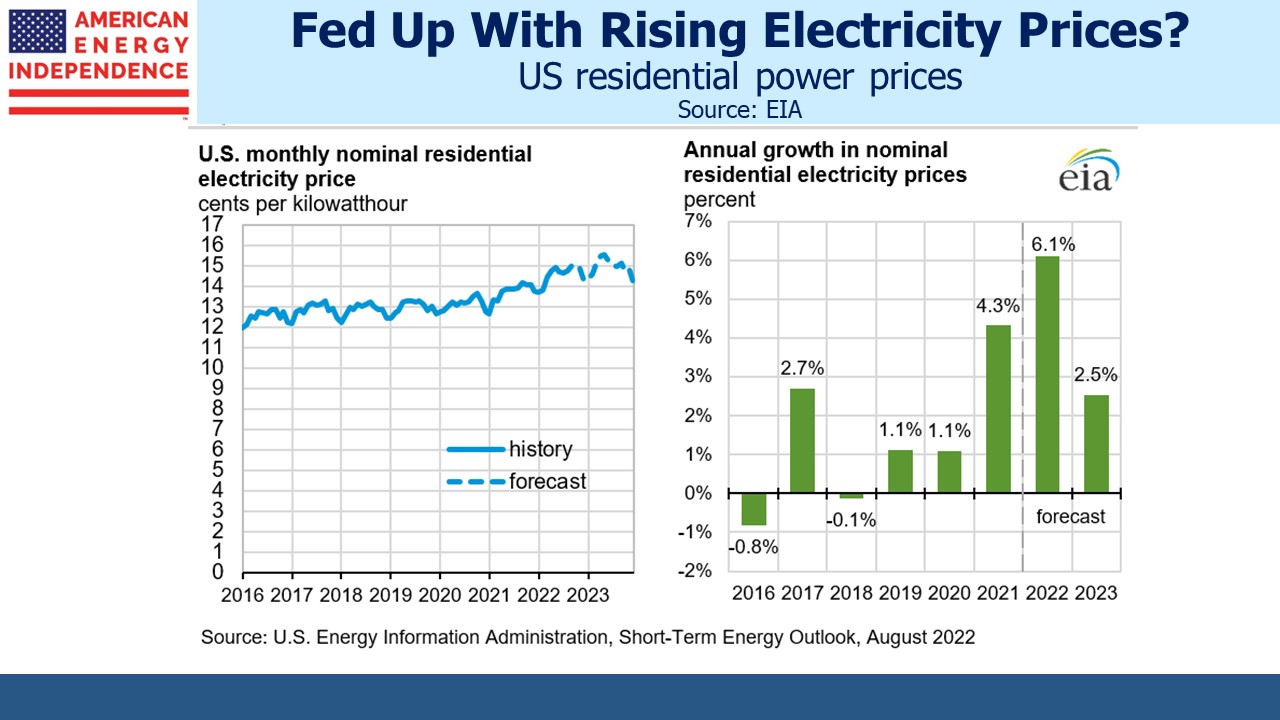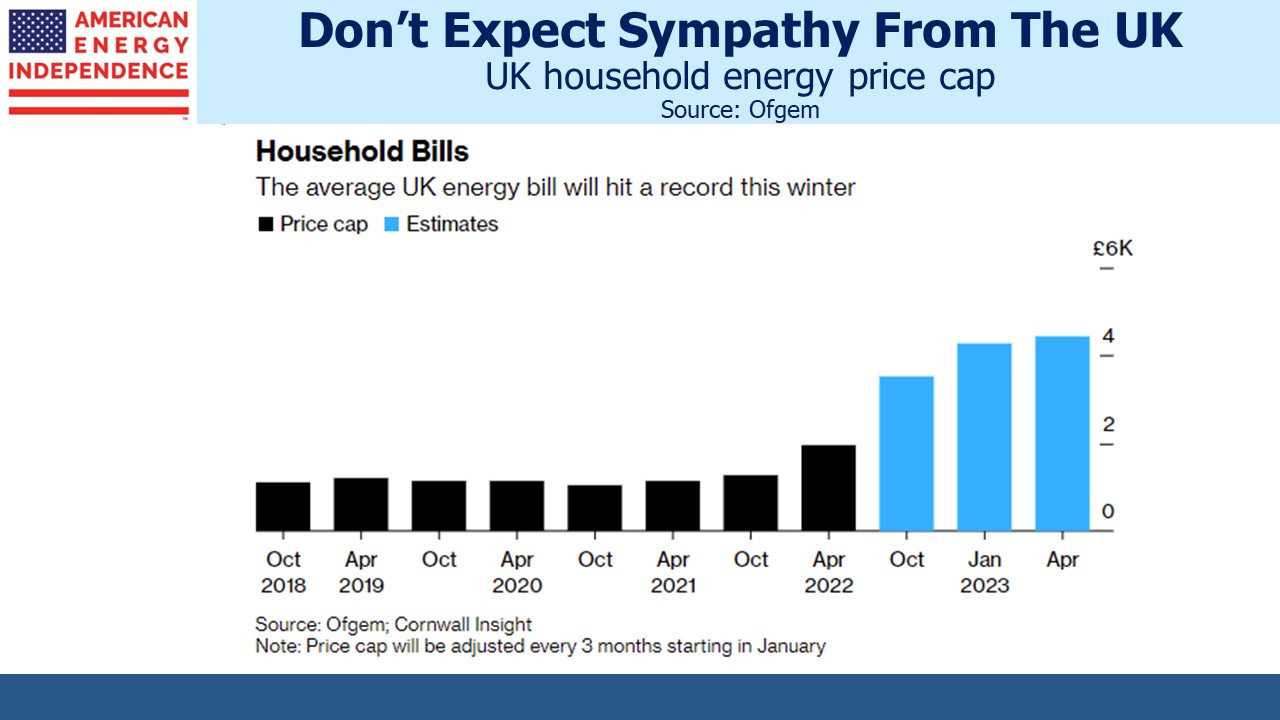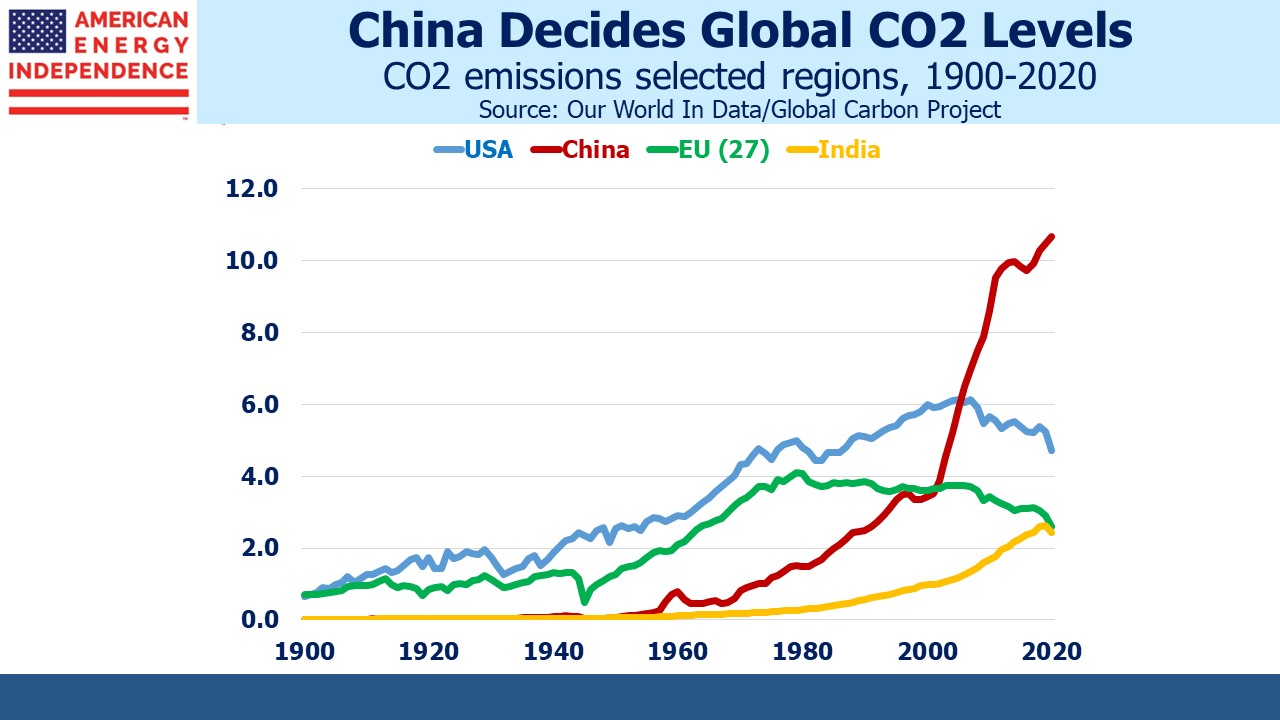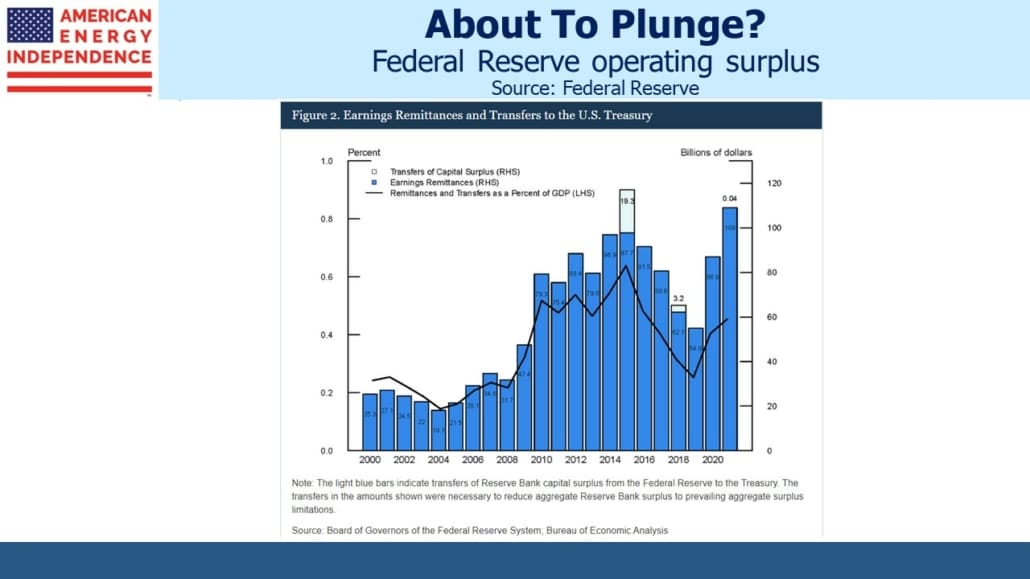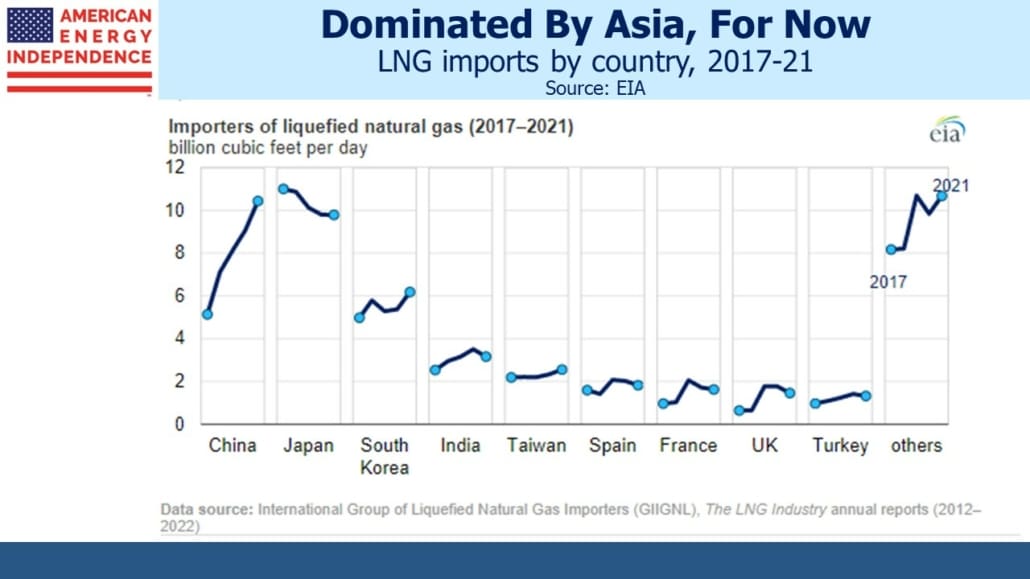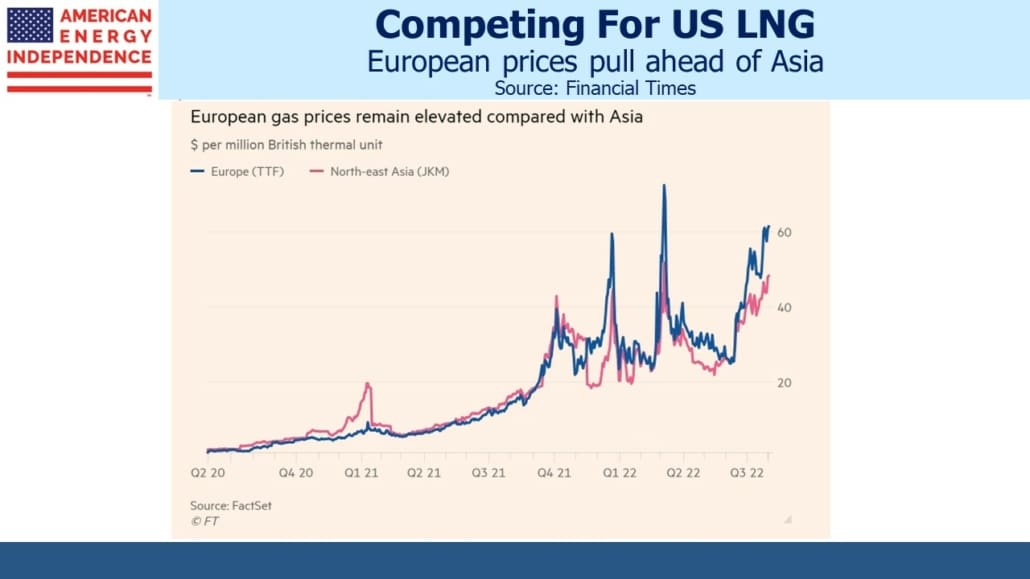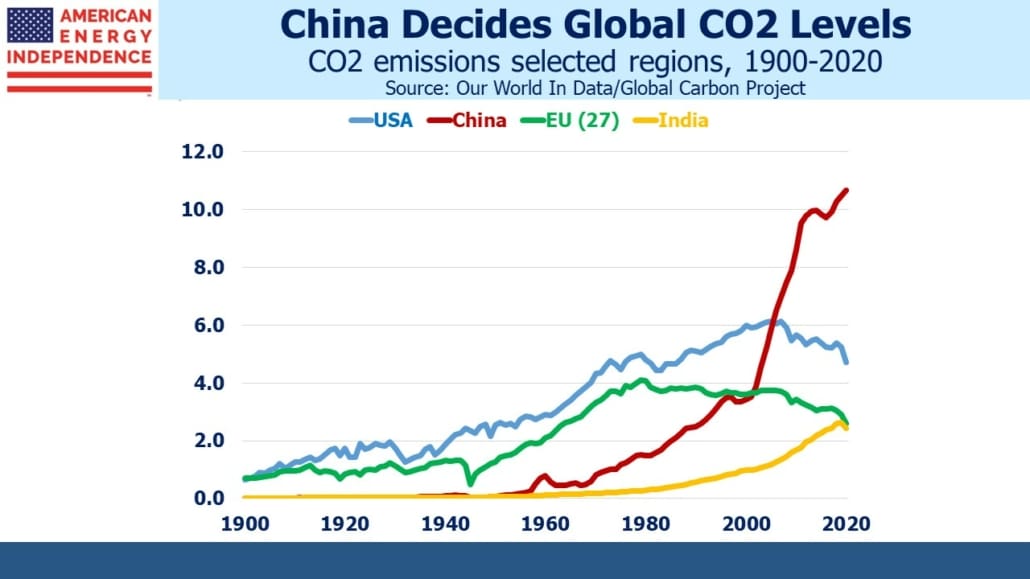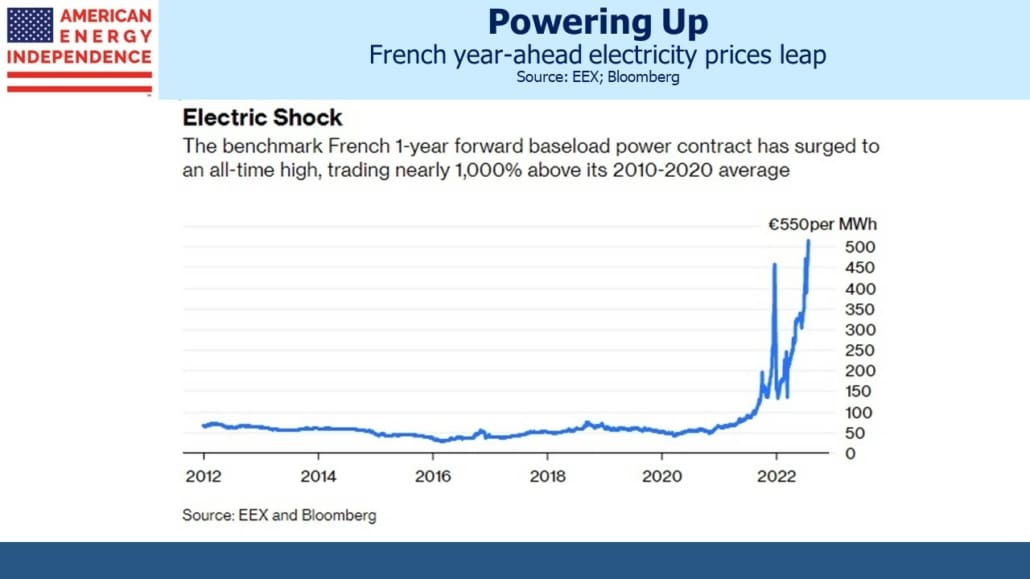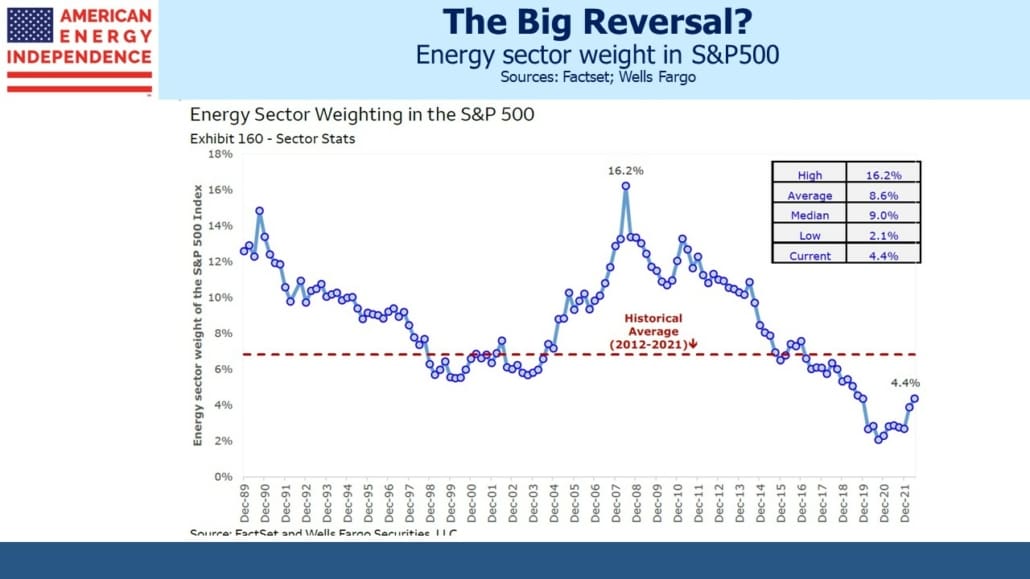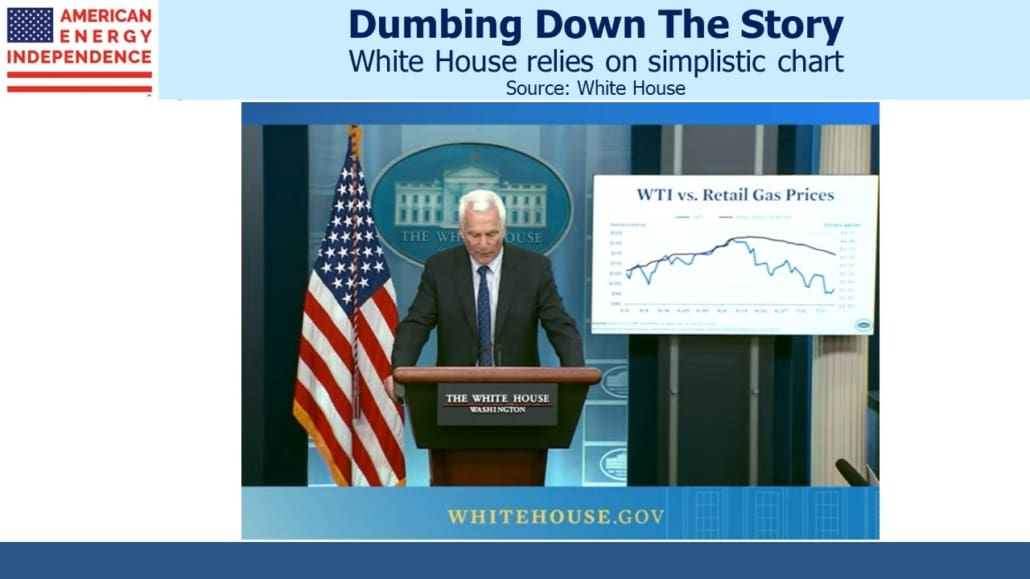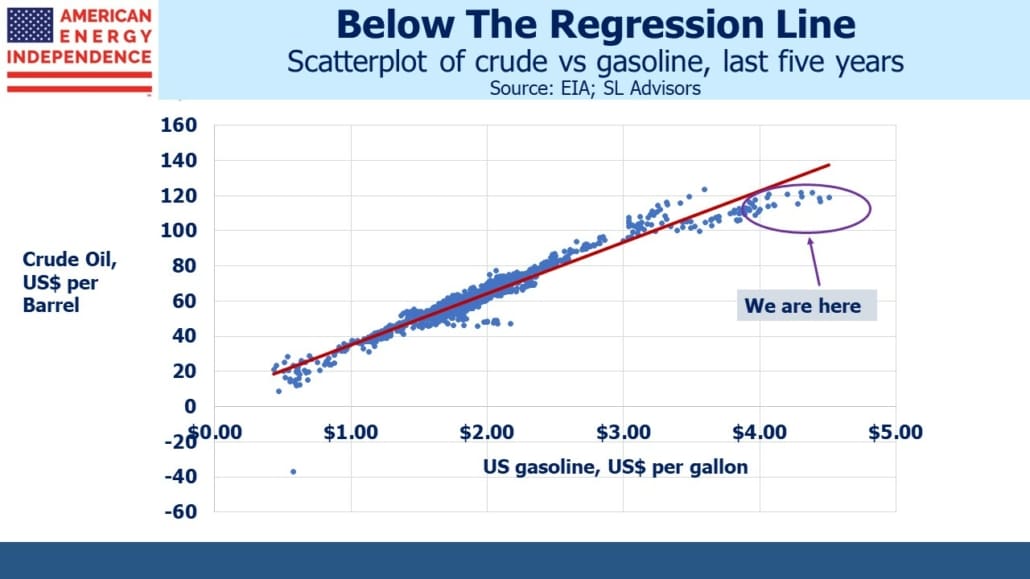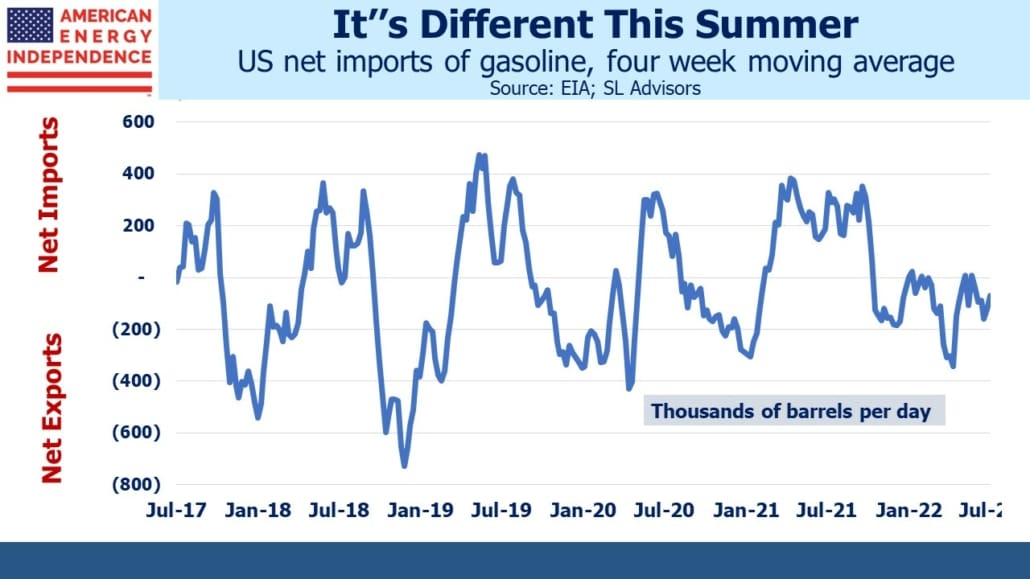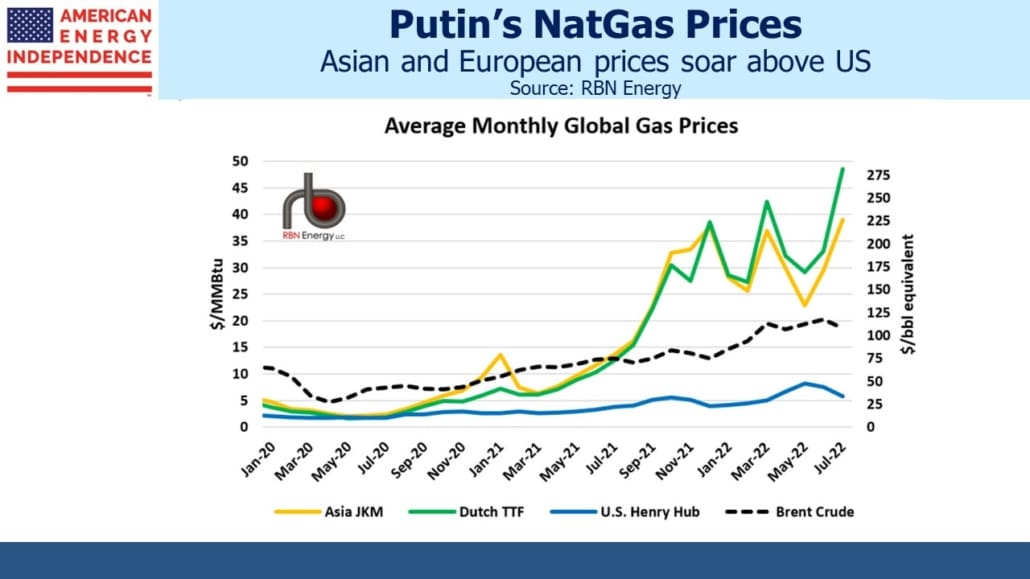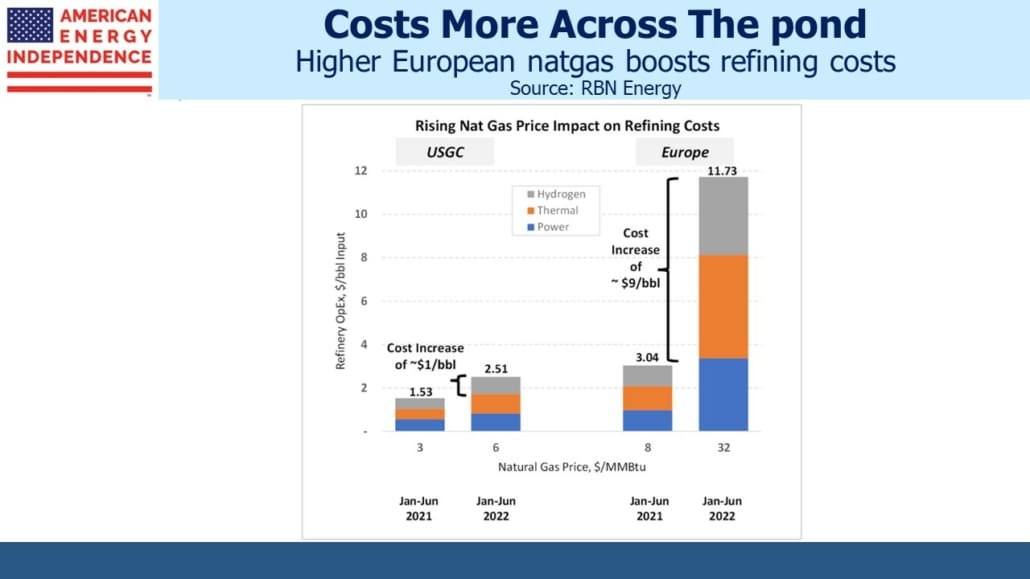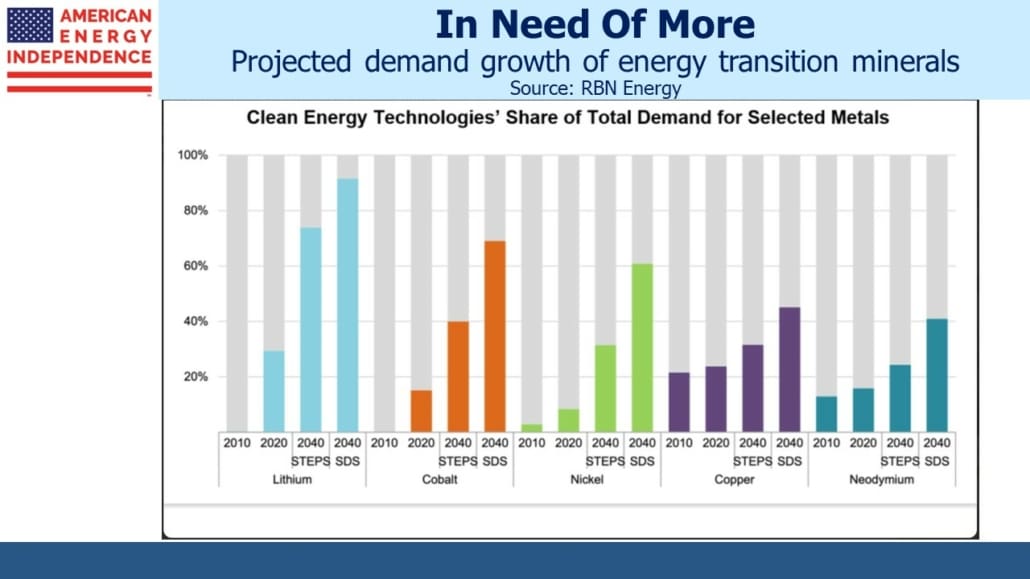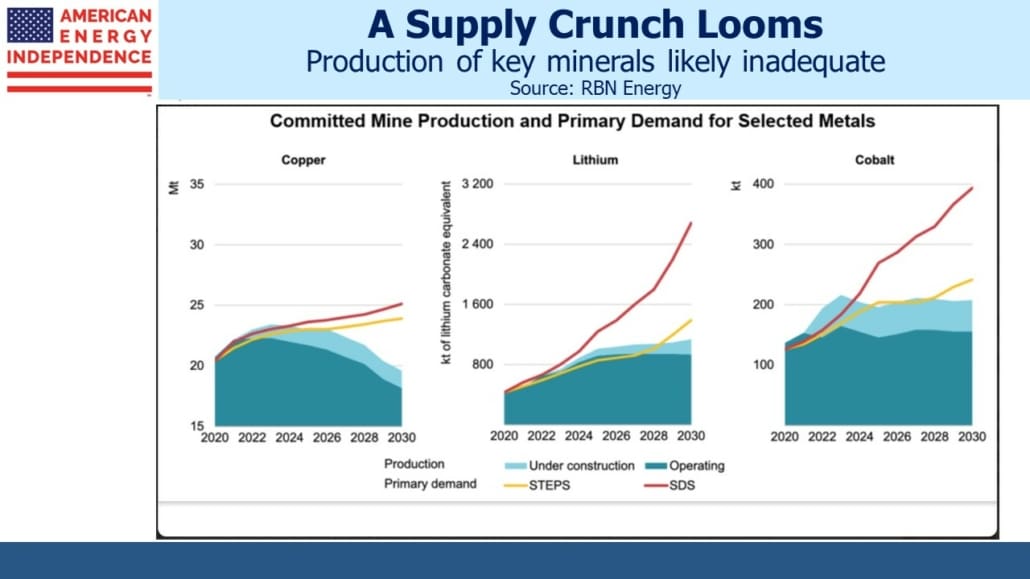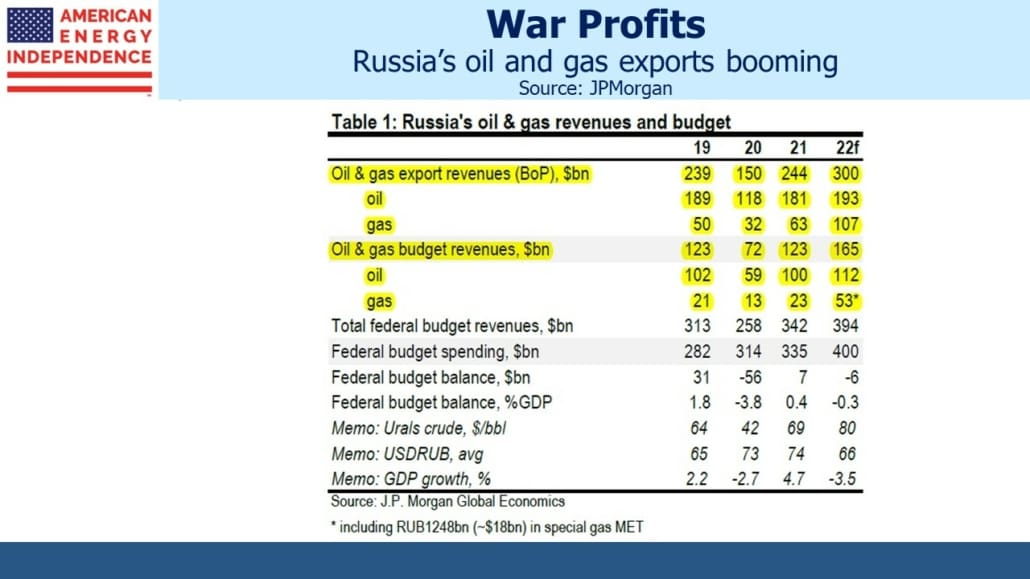Bad Investment Ideas Still Flourish (Part 2)
A few weeks we posted Bad Investment Ideas Still Flourish (Part 1). The current plethora of products injurious to one’s financial health assured enough material for Part 2.
ESG
Like many Wall Street fads, Environmental, Social and Governance (ESG) standards started out as a good idea before being used to exploit the naïve and those with rigid investment mandates. Individuals whose lives are guided by ESG possess personal qualities likely to make them worth knowing and may even be good for the planet too. But quantifying a friend’s good humor or generosity is no easier than measuring a company’s ESG-ness. This made it a fertile environment for index providers and fund managers purporting to count the uncountable and charge for identifying it.
Not surprisingly, every company can find some independent third party to testify that they’re ESG. If Lockheed Martin can make it on to such a list, the standard must be infinitely malleable. The consequent growth in ESG has relied on equal measures of Wall Street cynicism and investor gullibility. In a world of only tall people, nobody is tall. If every company can find someone to give them a high ESG rating, there are no low ones and ESG is meaningless. It’s been a solution searching for a problem (see ESG is a scam). By way of penance and in search of the next profit opportunity, a swathe of anti-ESG funds must be coming soon. At least those investors will be appropriately cynical.
Hedge Funds
Lotteries offer ticket buyers a negative expected outcome but nonetheless succeed because from the moment of purchase until the drawing, buyers enjoy the hope of a life-changing win. The utility they derive from imagining how they’ll spend their winnings supports the profit margin of such enterprises. They are regressive too – the portion of income spent on lottery tickets falls as income rises.
The hedge fund industry shares with lotteries the sale of hope in defiance of the historical record to investors. Hedge fund indices present a relentless history of failure to meet expectations. Their promoters have cleverly shifted the goalposts from absolute returns (shown to be unattainable) to relative returns (relatively worse than almost anything else) to uncorrelated (ie nowhere close to the S&P500). Investors have gamely clung to the belief that superior qualitative human judgment will allow them to avoid disappointment, overlooking that a manager who is smarter, richer and probably better looking is likely to have more to show from the relationship at its conclusion.
My 2011 book The Hedge Fund Mirage; The Illusion of Big Money and Why It’s Too Good To Be True showed why, “If all the money that’s ever been invested in hedge funds had been in treasury bills, the results would have been twice as good.” It remains true today that there are too few good hedge funds to justify the assets available to them.
MLP-dedicated funds
When Master Limited Partnerships (MLPs) were the dominant corporate form for midstream energy infrastructure (oil and gas pipelines, storage assets etc), ‘40 Act funds were created to offer the retail investor exposure while shielding them from the hated K1s MLPs issue in lieu of 1099s. Uniquely, MLP funds accept the obligation of paying corporate taxes on their returns, a burden so uncommon that many investors remain unaware of it even today (see MLP Funds Made for Uncle Sam).
The need for MLP-dedicated funds passed years ago (see MLPs No Longer Represent Pipelines), as most big MLPs converted into regular corporations to be more attractive to investors, including institutions who largely shunned them. Today’s MLP-dedicated fund is limited to around a third of the pipeline sector, and relative to the broad-based American Energy Independence Index must accept less natural gas, more junk issuers and smaller median market cap. If they didn’t exist, nobody would create MLP-dedicated funds today. But inertia is a powerful force among existing investors. For the funds, restoring their original mandate to invest in the overall sector would signal the impending sale of current holdings so as to buy the biggest pipeline corporations, depressing NAVs and upsetting investors. Like fish in a drought-ravaged pond, they flop around their decreasing opportunities.
A special place in investment purgatory awaits the managers of MLP-dedicated closed end funds, who saw fit to add leverage to already undiversified portfolios. When an industry’s CFOs and rating agencies have agreed on a Debt:EBITDA ratio of 4X, it takes supremely misplaced self-confidence to reject such judgment by adding fund-level leverage to reach 5.5X (see MLP Closed End Funds – Masters Of Value Destruction). The March 2020 crash in pipeline stocks relied in part on the untimely deleveraging of these vehicles, a Darwinian result that left them appropriately diminutive with a much reduced ability to wreak such havoc in the future.
Conclusion
In ranking the bad investment ideas including those from Part 1 Bitcoin, Bonds, Climate Change politics and Emerging Markets, measured by damage inflicted there is no competitor to Bonds. An entire asset class has gone from years of providing merely paltry returns to now inflicting capital losses too. In 2013 my book Bonds Are Not Forever: The Crisis Facing Fixed Income Investors explained why low yields insufficient to compensate for inflation were likely to persist. If ever an entire asset class should be abandoned as not fit for purpose, this would be it.
We have three funds that seek to profit from this environment:
Please see important Legal Disclosures.
